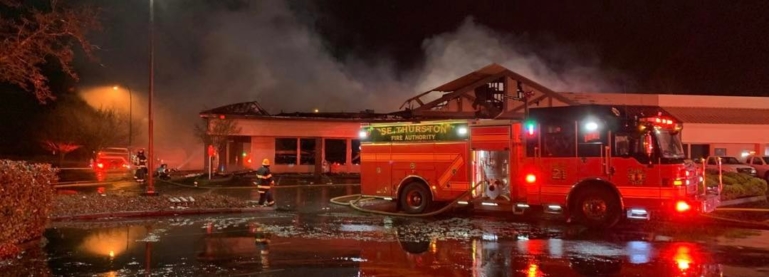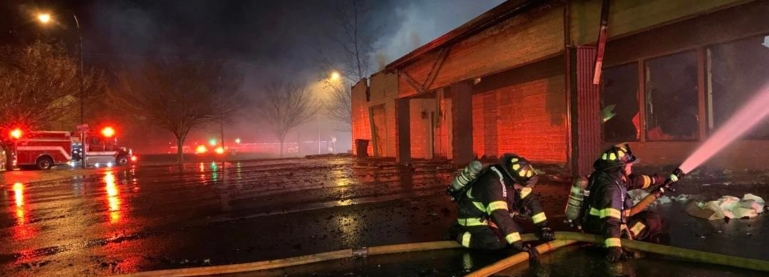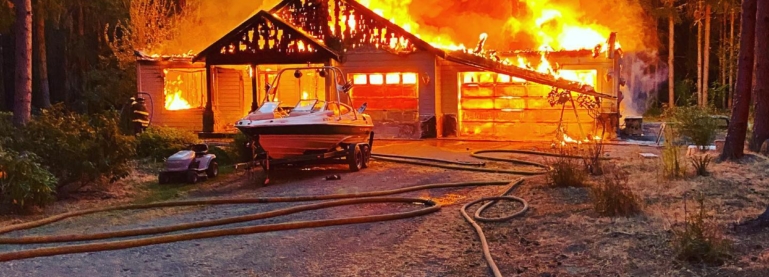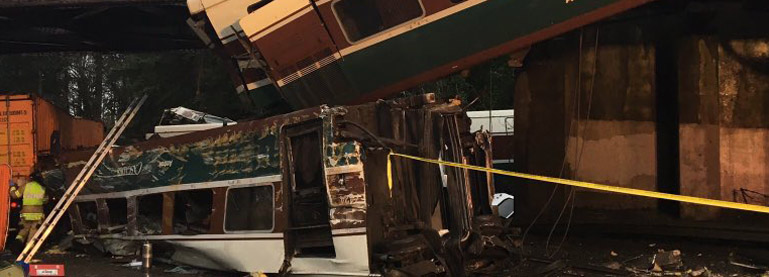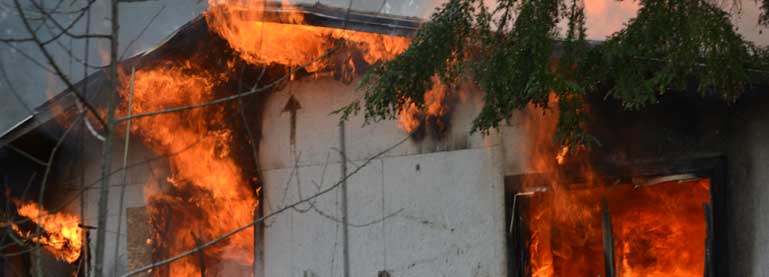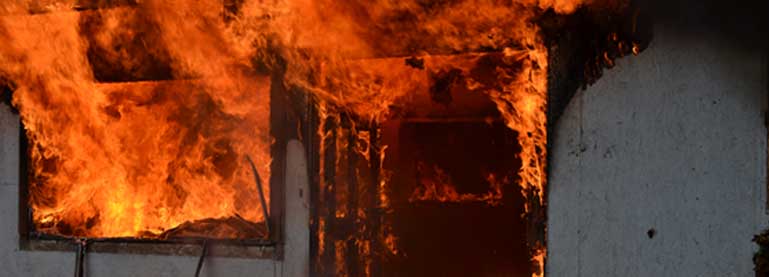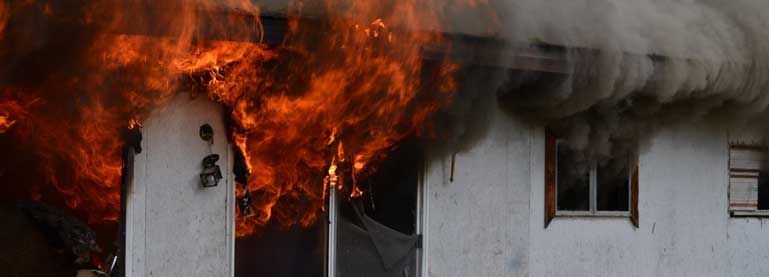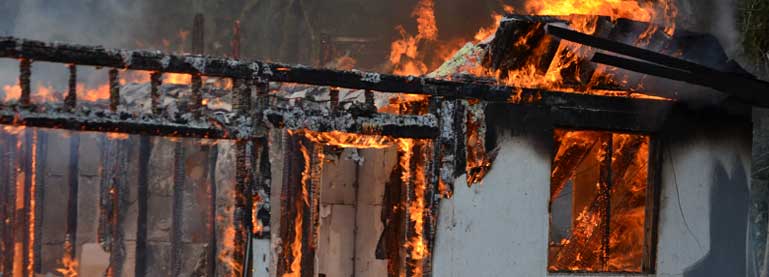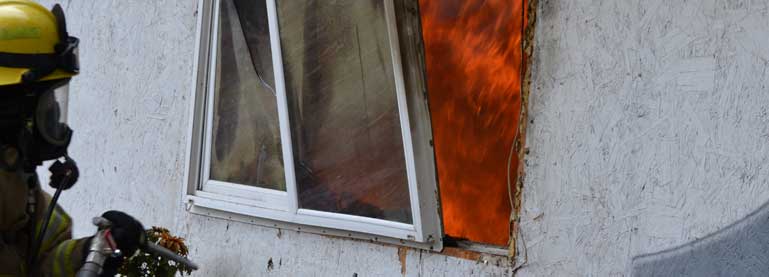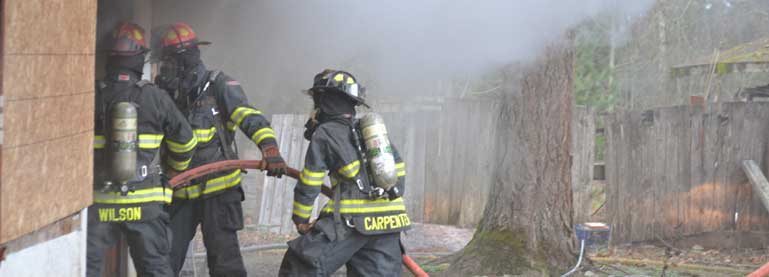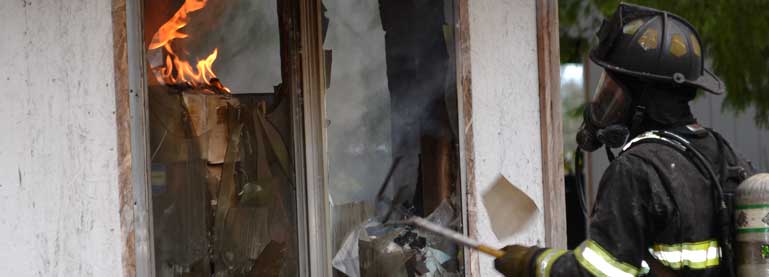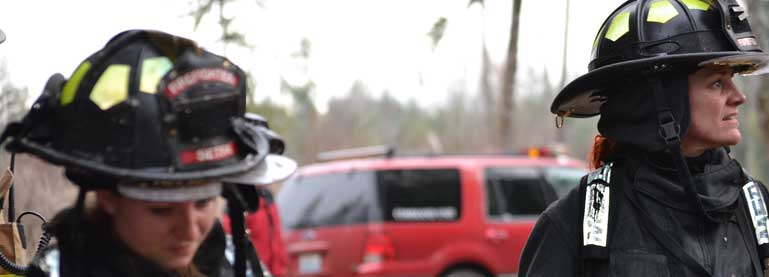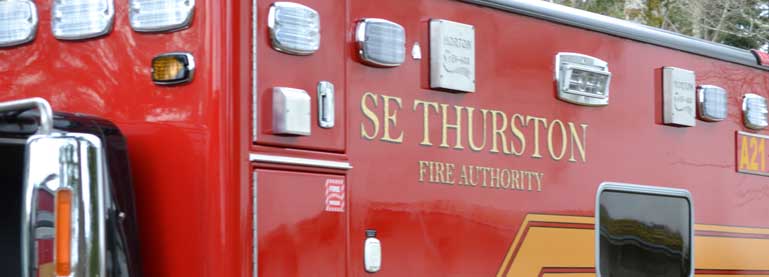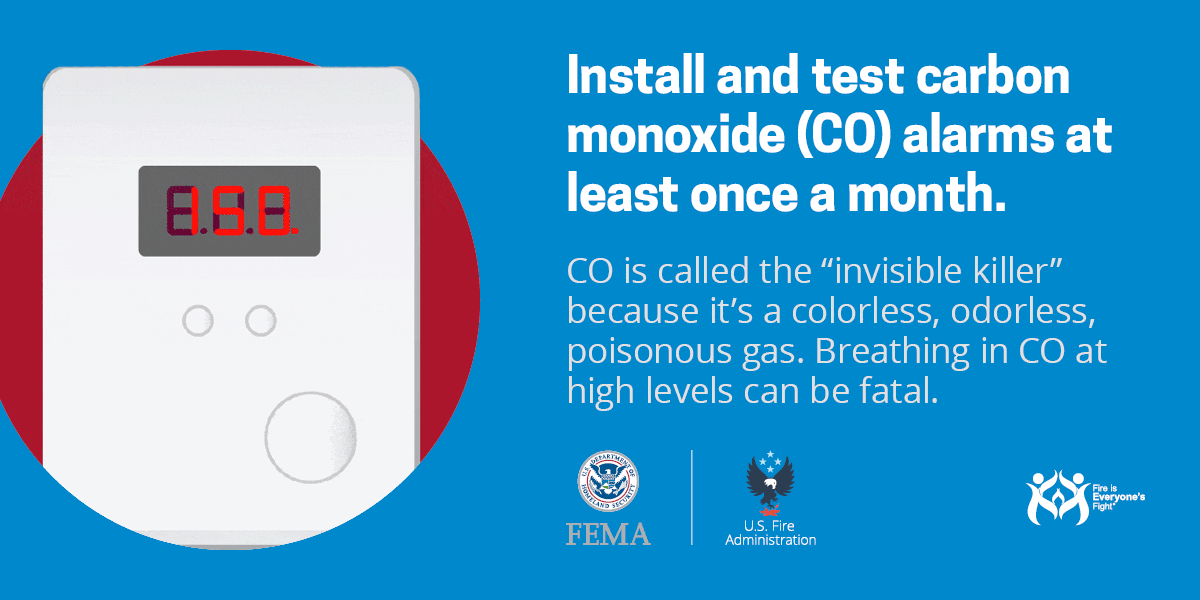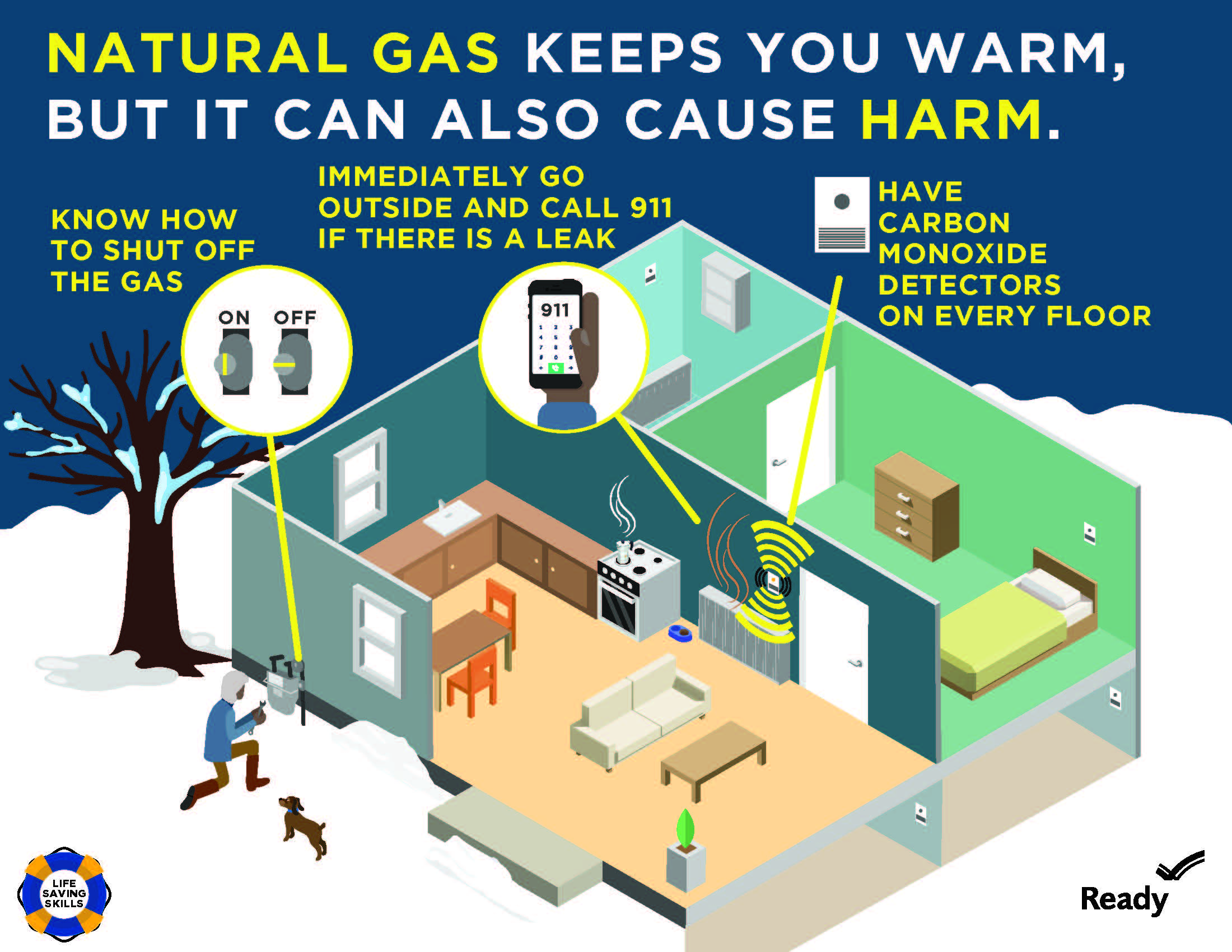
Despite most homes now being built or refit with electric heating systems and appliances, many still utilize natural gas or other gas-fueled systems. Knowing how to safely operate a gas furnace, stove, or other appliance is crucial, as gas can become a problem both quickly and quietly.
1. Know The Dangers
Gas-powered heating and appliances pose a few additional risks than their electric counterparts. First, gas leaks can become a health risk through breathing and other forms of exposure, and are also a major fire hazard. If a furnace or stove has a loose connection or faulty valve, you may end up venting gas into your home without realizing it. Always make sure to turn off the gas to appliances when they’re not in use.
2. Protect Yourself With a CO Detector
Carbon Monoxide is a dangerous byproduct of combustion systems, particularly ones using gas as their fuel. Some Carbon Monoxide detectors can also detect other gasses or hazards, so it’s always a good idea to have them around your house. Make sure to have one near any potential source of gas, such as in your kitchen or near your furnace, and at least one on every floor, then test them regularly.
3. Know Where and How to Turn Off Your Gas
It is very important to know both where and how to turn off the gas to your house. In the event of a leak, turning the gas off at the source can help prevent fires and health risks, though you should always remain outside of your home after a leak is detected until all of the gas has vented outside of the structure. If you have a gas leak, no matter how small you may think it is, immediately go outside and call 911. Do not re-enter the structure until you are told it is safe to do so.
Gas is a silent killer, and can quickly get to dangerous or even lethal levels before you even notice an odd smell. If you feel dizzy, nauseous, or are feeling drowsy with gas appliances in your home, ensure they are all shut off and leave the house for some fresh air.

